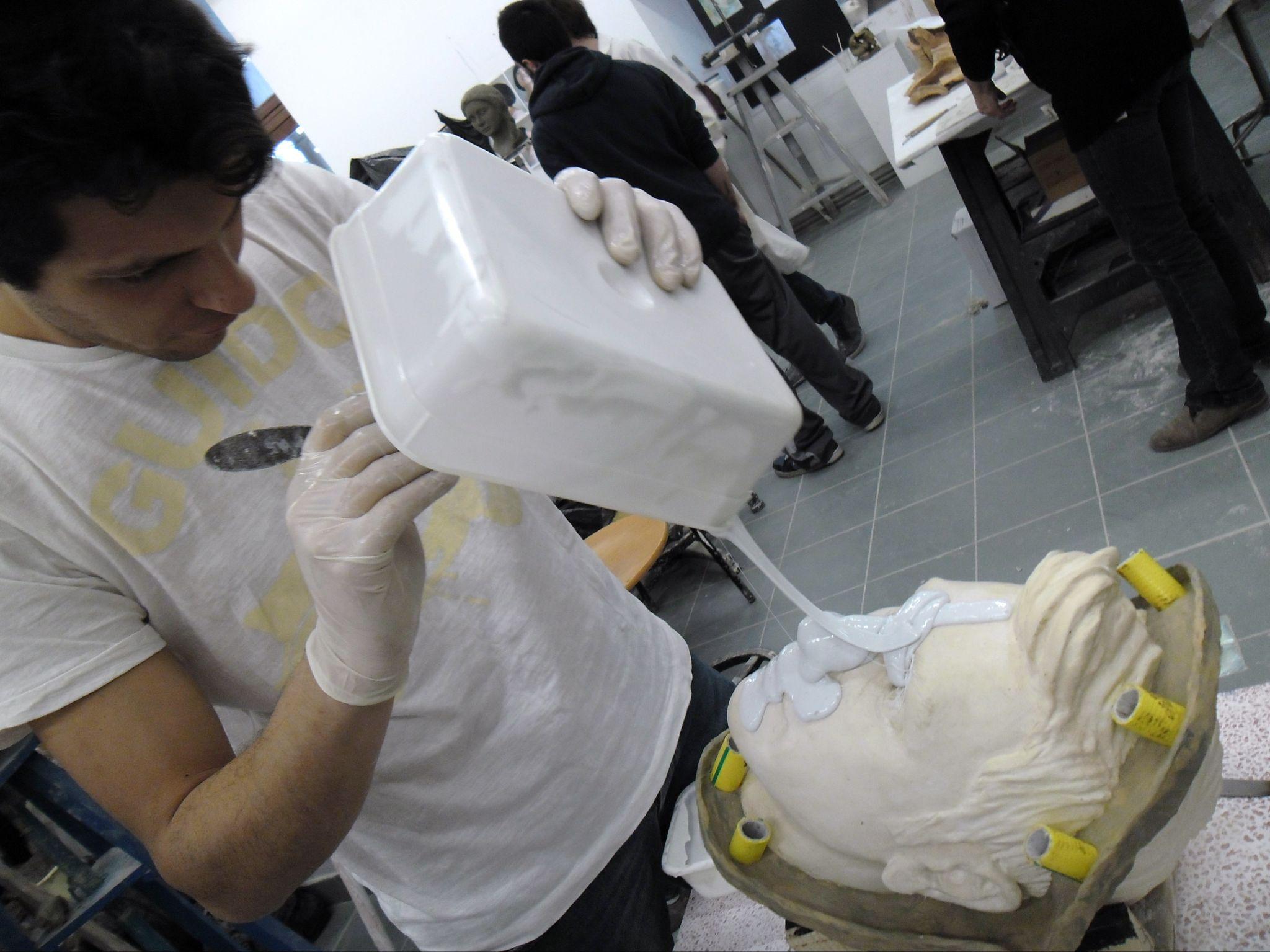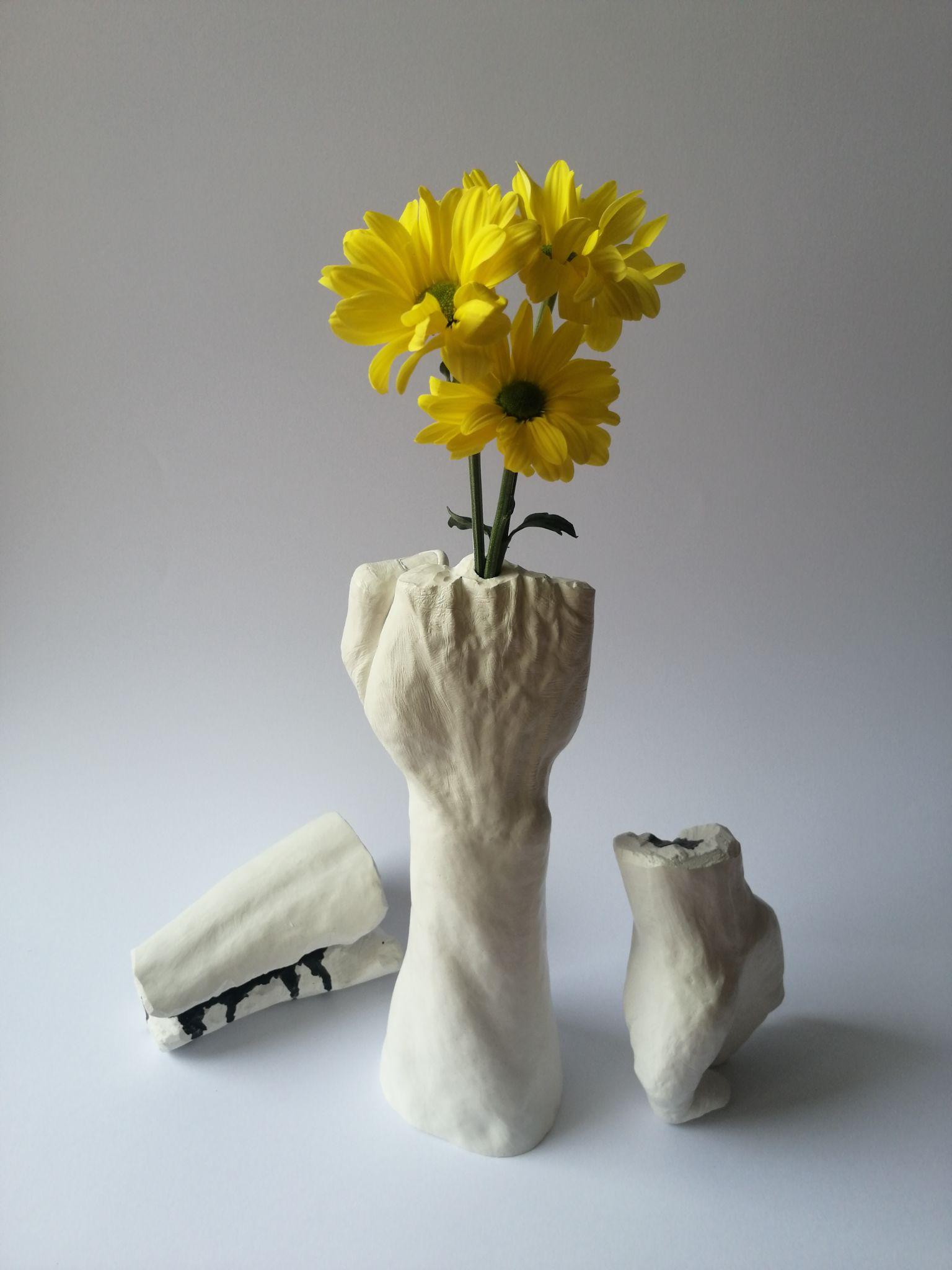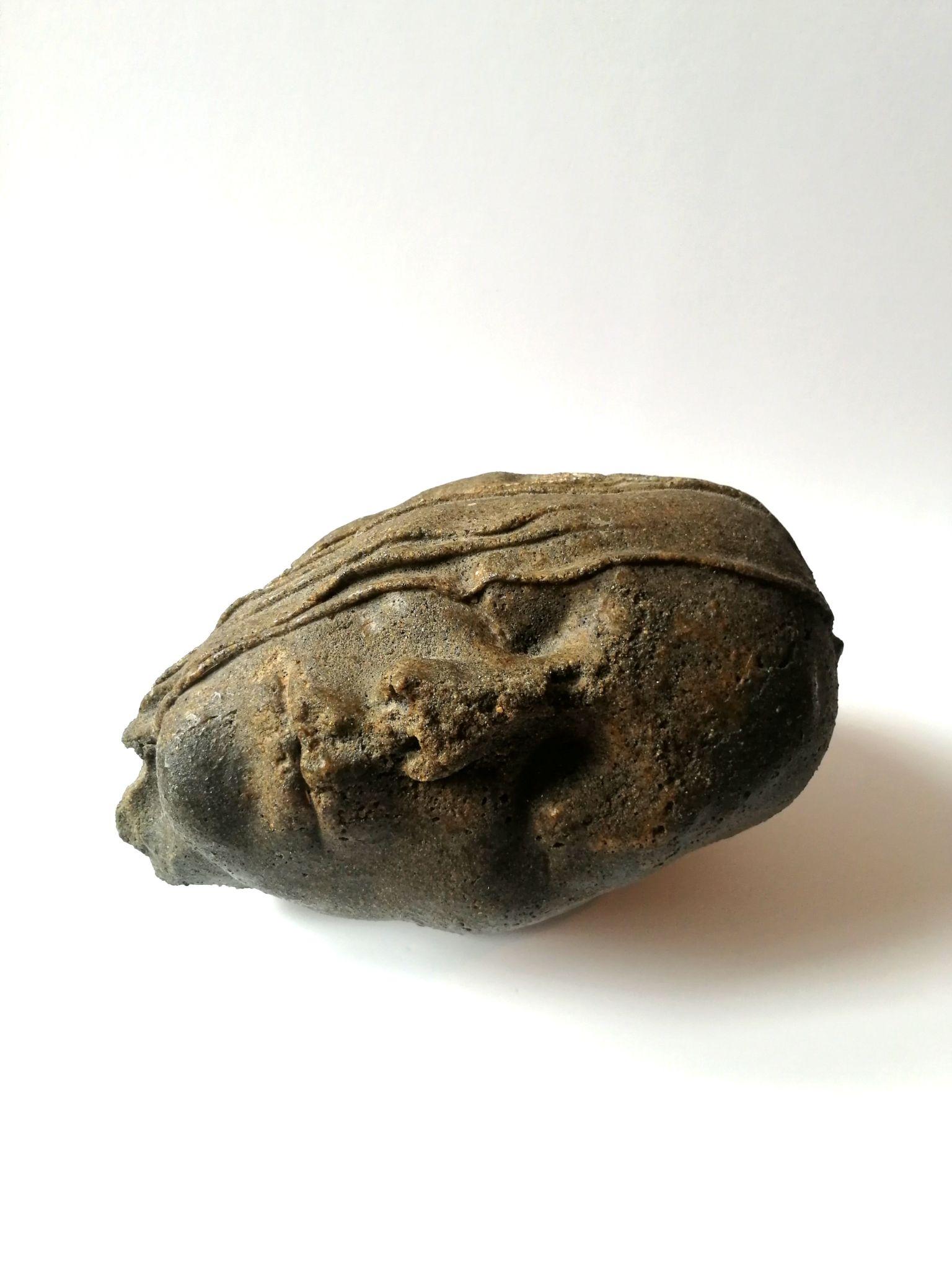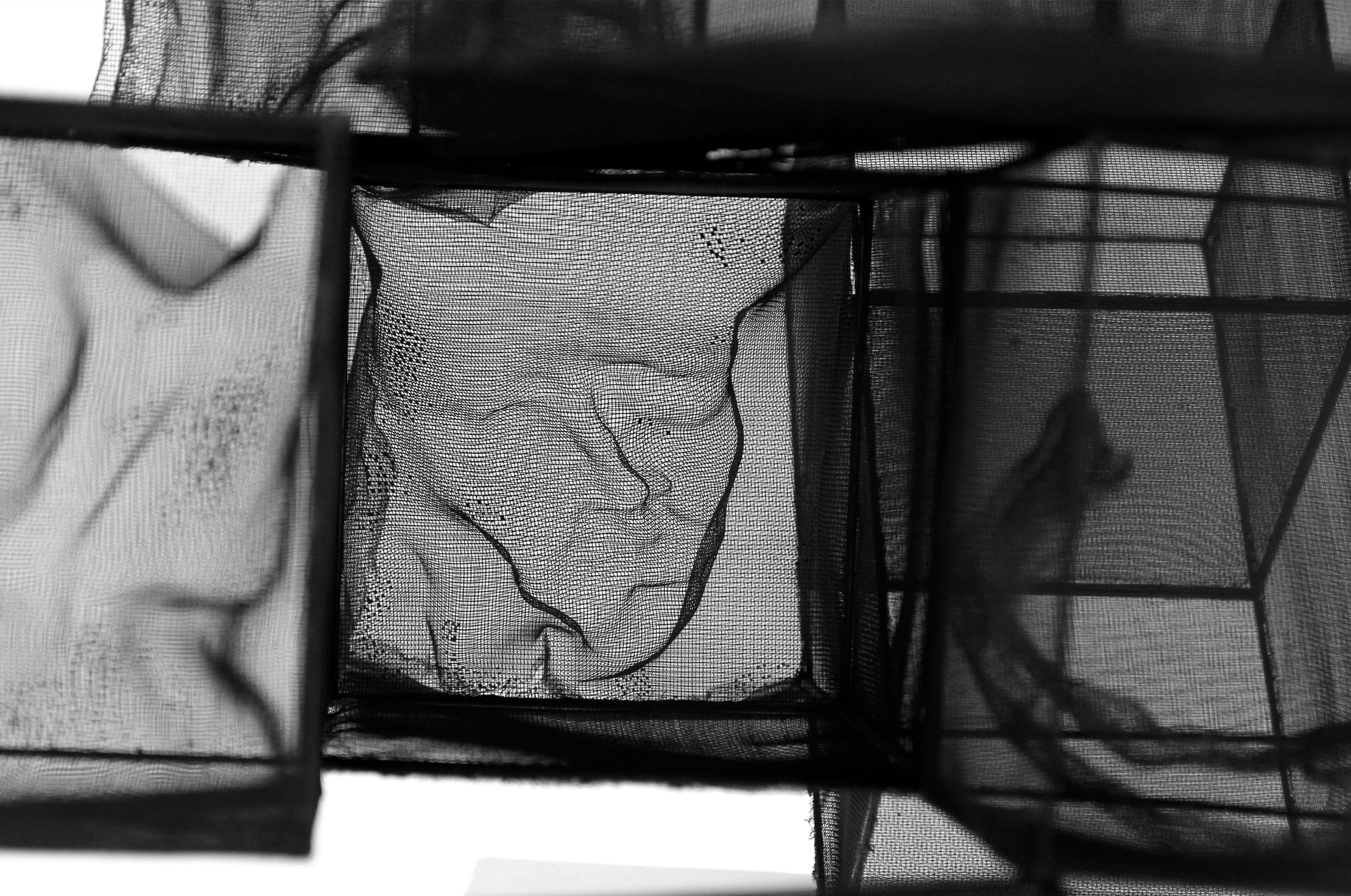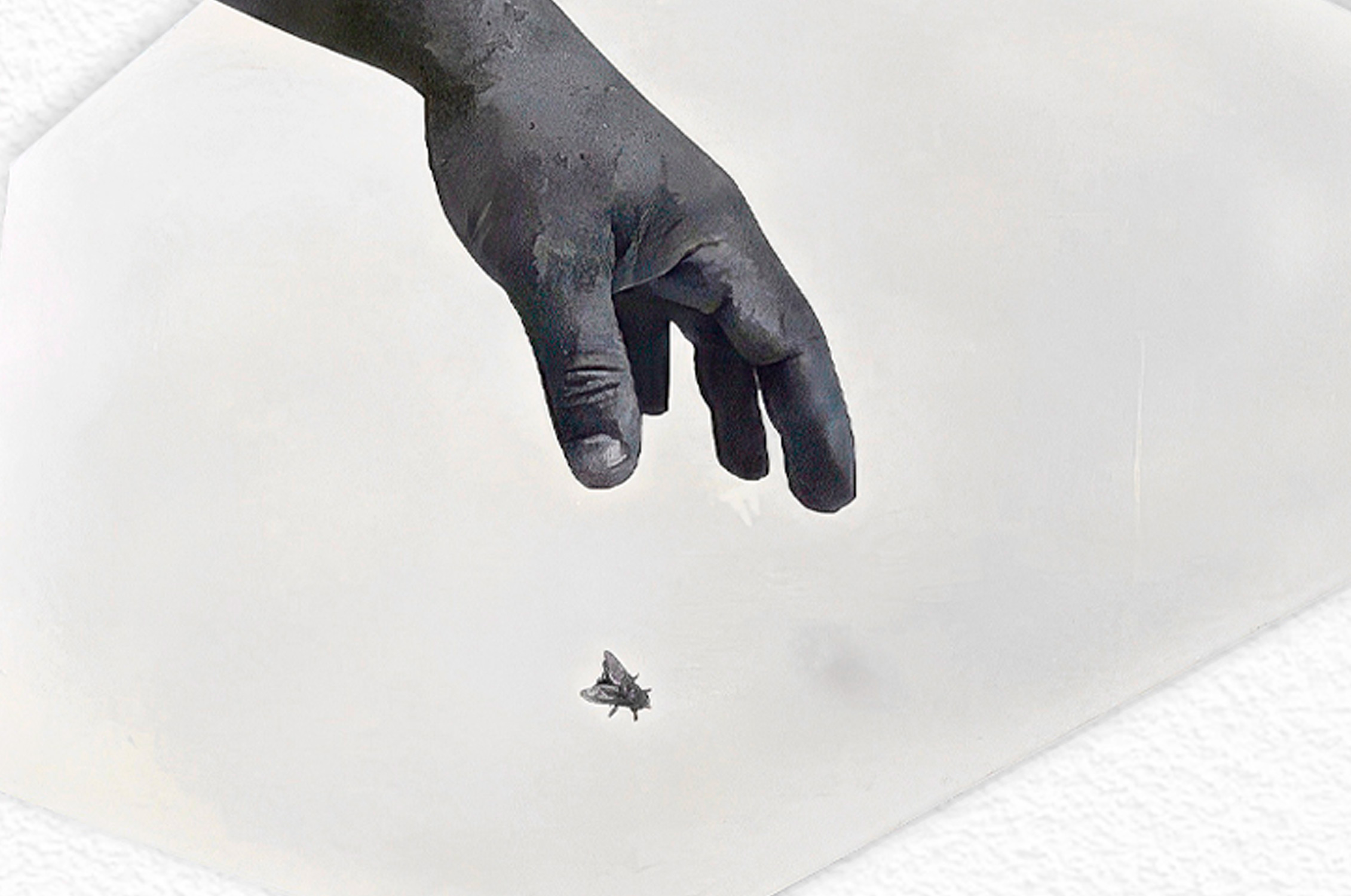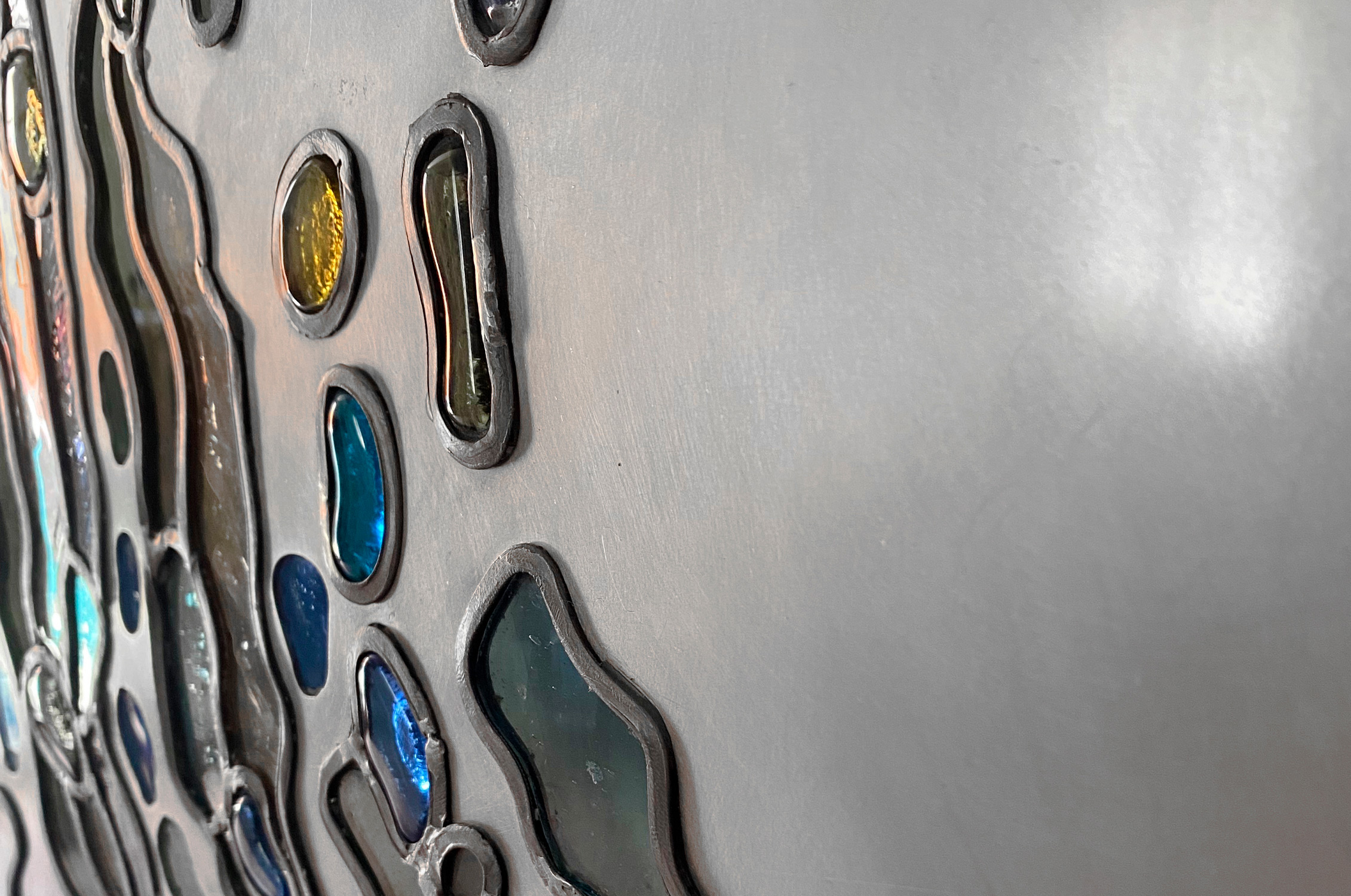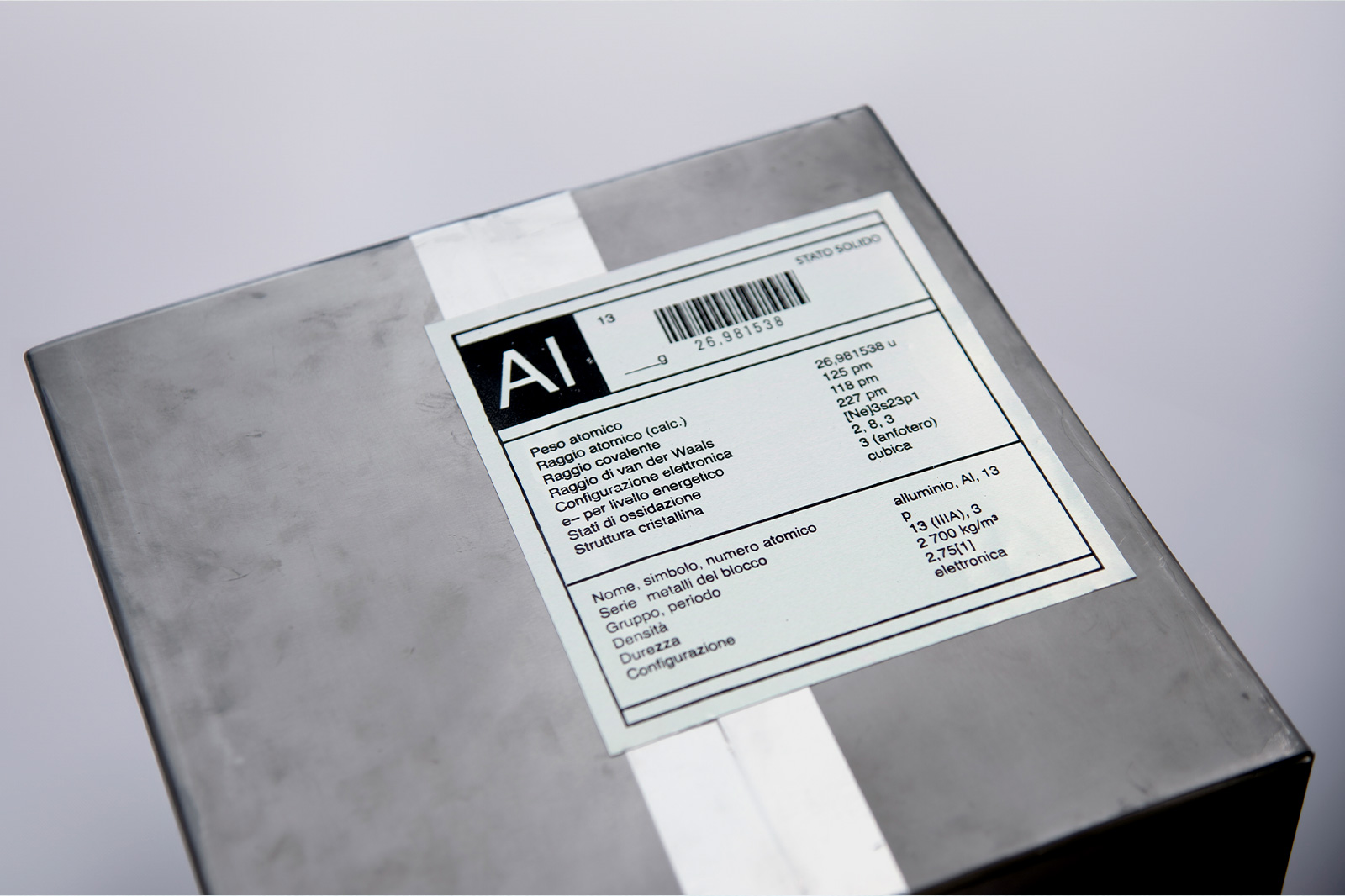COMEL AWARD VANNA MIGLIORIN 2023
Interview with Marco Riente
by Ilaria Ferri
Born in Praia a Mare (CS) in 1989, he graduated from the Artistic High School in Maratea (PZ) and later obtained a degree in Painting and Sculpture from the Academy of Fine Arts in Venice. His artistic exploration is a psychosocial journey within the human experience, aimed at delving into its most sacred aspects: a dialogue and narrative of its virtues, weaknesses, vulnerabilities, and what it means to be human. Over the years, he has participated in numerous group exhibitions and competitions. Since 2019, he has been teaching visual arts in secondary schools. He currently lives and works in Milan.
You state that the work “Societas,” a finalist in the 10th COMEL Prize, draws the viewer’s attention to the tragic consequences of population growth that causes not only overcrowding of the planet but the constant crushing and oppression, both physical and moral, of the weakest and poorest. How did making this work and entering it for the COMEL Award come about?
It was born in my imagination just before I participated in it. When I learned about the award, I made the sculpture precisely using aluminium without breaking away from my production style and the materials I usually use. So I chose to make a compound composed of aluminium powder and epoxy resin.
In the Academy learning to make silicone rubber molds, Spring 2013,
The faces in your work offer a wide range of emotions: desolation, bewilderment, and resignation. They convey a vibrant tragicness that can also become a warning to the viewer. In your opinion, can Art be a tool to awaken consciences and stigmatize harmful and selfish behaviour?
Certainly, but for this to become a reality and not remain a utopia, educating people to listen and observe with dedication is necessary. A lot of empathy is also needed.
Your “poetic quest,” you state, “is a psycho-social journey within humankind, crossing its most sacred aspects: a dialogue, a narrative of its virtues, its weaknesses, its uncertainty, its existence as a human. It is clear that for you, storytelling and dialogue are essential tools for talking about humankind and understanding its behaviours; is Art more of an investigative tool or a means of connecting with others?
Both. It is a tool for external and sometimes internal investigation, but at the same time, it is an indispensable vital tool for artists to communicate with the world.
Qui e per sempre, chalk and seasonal flowers, 2023
In your biography we read that even at an early age you were looking for a way to “express yourself beyond words,” so Art was a way to overcome childhood shyness. How important were the ability and opportunity to express yourself in different ways for you?
They have been fundamental. Even today – even due to dysnomia – sculpture is the communicative tool that frees me from all verbal difficulties.
Today, you teach plastic and sculpture disciplines in secondary schools; how important is it to have experienced firsthand that Art can be a way to overcome personal limits and barriers in contact with children? In your opinion, can Art also be a powerful pedagogical tool, or is it primarily a “subject of study”?
Every day, during my daily school dialogue, I try sincerely to make kids understand that any activity or discipline approached with passion – from sports to the arts – can make us overcome the difficulties we encounter in our lives. And the arts can teach us so much, both educationally, constructively, and creatively.
Sotto il cielo di settembre, sand and resin, 2014- Winner of the 24′ Viviani Award
You started by studying painting and then moved on to sculpture and printmaking; what struck you most about these two languages? Which one is the technique you express yourself better with?
I express myself best within space-time, so I prefer sculpture. They are two slow art forms and not as direct as painting: they involve a rather long and complicated elaborative process. Sculpture and printmaking have taught me to be patient and respectful of the slow creative process.

